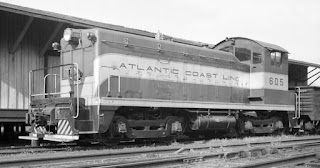Canadian Locomotive Company Builder's List

The Canadian Locomotive Company of Kingston, Ontario, began as the Ontario Foundry in 1848. When it started building locomotives in 1854, it became known as the Kingston Locomotive Works but completed fewer than 36 locomotives before being forced into bankruptcy in 1860. It was reorganized as the Canadian Engine & Machine Company, Ltd., in 1865, but the Depression of 1878-1879 plunged the company back into bankruptcy, only to re-emerge as the Canadian Locomotive & Engine Company, Ltd., in February 1878. Another reorganization happened in April 1881, and the plant was modernized and expanded. The investment syndicate that owned the Canadian Pacific also held substantial interest in the Canadian Locomotive & Engine Company but sold their shares to Dubbs & Company of Glasgow, Scotland, an important locomotive builder, to raise money to extend the Canadian Pacific. By January 1, 1888, Dubbs & Company gained effective control of the Canadian Locomotive & Engine...












